Modern crossbows deliver unprecedented accuracy and performance in the field, but we still must overcome the “human factors.” Here’s how…
by Brad Fenson for HuntDaily
We’ve all been there. The deer is 40 yards out and ambling closer. You have your bow up and ready to make the shot, but your quarry drifts through the brush without stopping in a clear lane. Time passes. Your muscles begin to quake. The scope wavers with your increasingly heavy breathing and thudding heartbeat.
The hunt threatens to come unglued before you even get to launch an arrow.
Today’s crossbows have improved the odds for many hunters, providing lethal accuracy and performance without the huge investment in time on the range that is required when shooting vertical bows. With that, the weak link in the shooting chain is now the shooter. Unlike our crossbows, we are not fine-tuned instruments, and our physical limitations become evident whenever we get into situations like the one just described.
How do you bridge the gap between man and machine to ensure a successful outcome when exhausted muscles and buck fever loom large? Here are a few tips that may help…
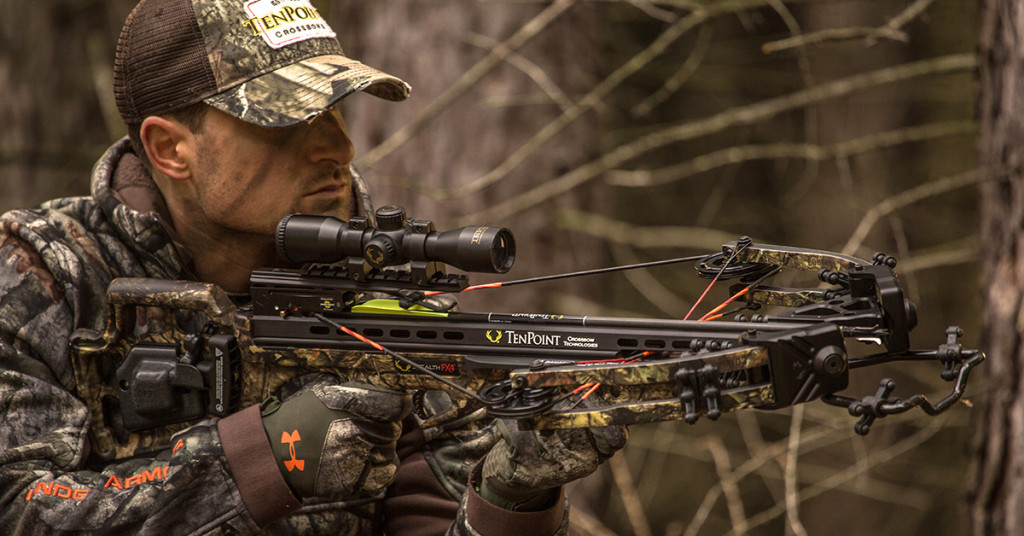
How Long Can You Hold Your Crossbow?
If you start to shake after holding your crossbow in the shooting position for a short time, it is unlikely you’ll ever hit your target. One technique that helps is to place the elbow of your supporting arm on your belly or belt line. Another thing you can do is avoid raising your bow into the shooting position until the last possible moment. Keeping your crossbow tipped downward takes a lot of pressure off your arms, helping them stay ready until it’s time to raise and fire.
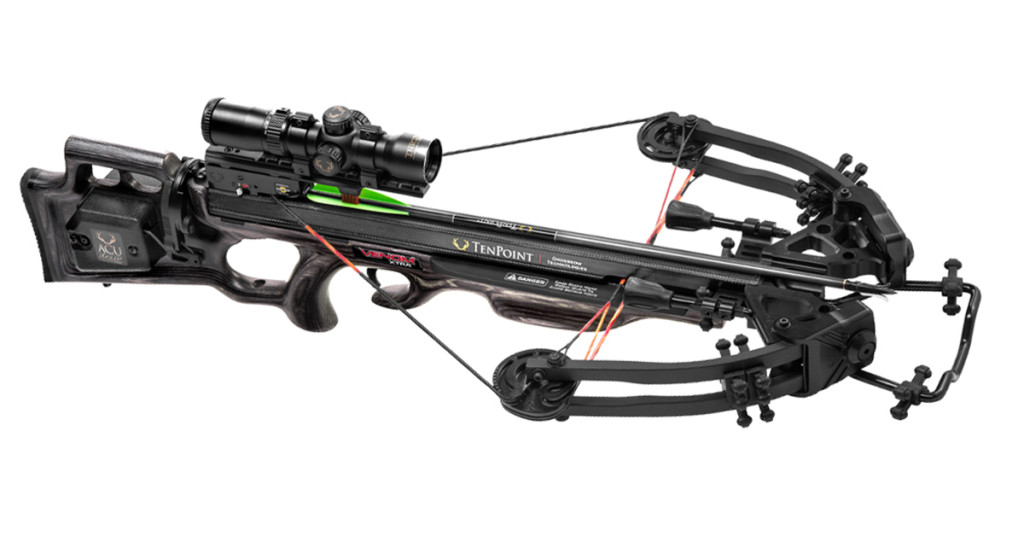
One of the biggest “helpers” is using a crossbow that is light, compact, and fits your frame. TenPoint’s Venom Xtra is one such crossbow. This model features a narrow 13.3-inch cocked axle-to-axle width and is made of lightweight components, such as a carbon fiber barrel, so it’s easier to hold for longer periods of time. The laminated wood stock really stands out for both its ergonomics and aesthetics. It is easy to grasp and sits well on the shoulder to immediately line up your field of view with the scope.
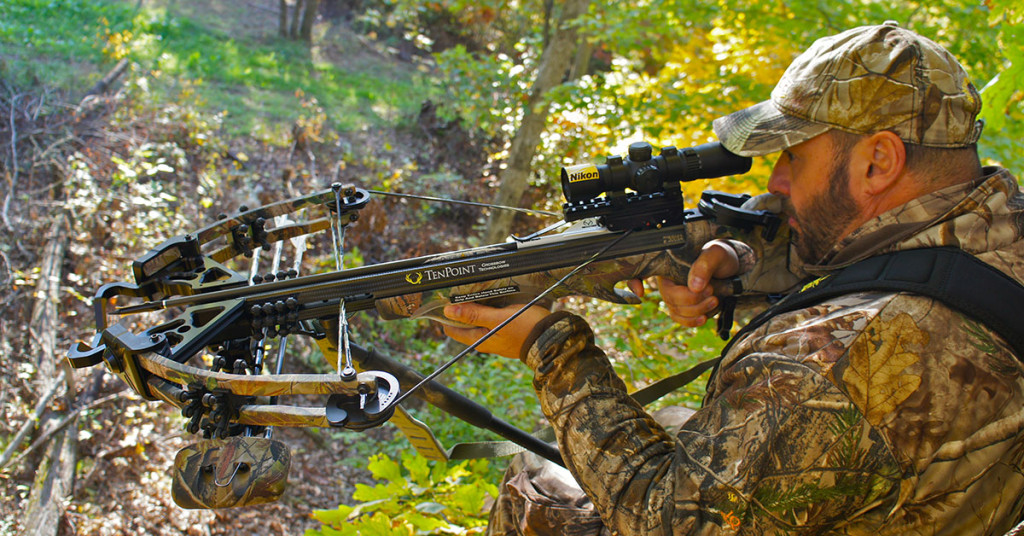
Get the Support You Need
Shooting sticks and bipods are great ways to stabilize your bow on the front end. The extra support allows shooters to hold on target without wavering due to muscle fatigue. You can affix a bipod right to the front sling swivel mount. Tenpoint makes the SteddyEddy crossbow monopod that offers quick support in practically every shooting position. Shooting sticks also work great, but you need to field-test them to ensure they don’t get in the way of the limbs or strings. A Primos Trigger Stick in single-, double-, or triple-leg configurations is one of the best supports we’ve used because it’s quick to adjust to a variety of shooting conditions and stays clear of your limbs and strings.
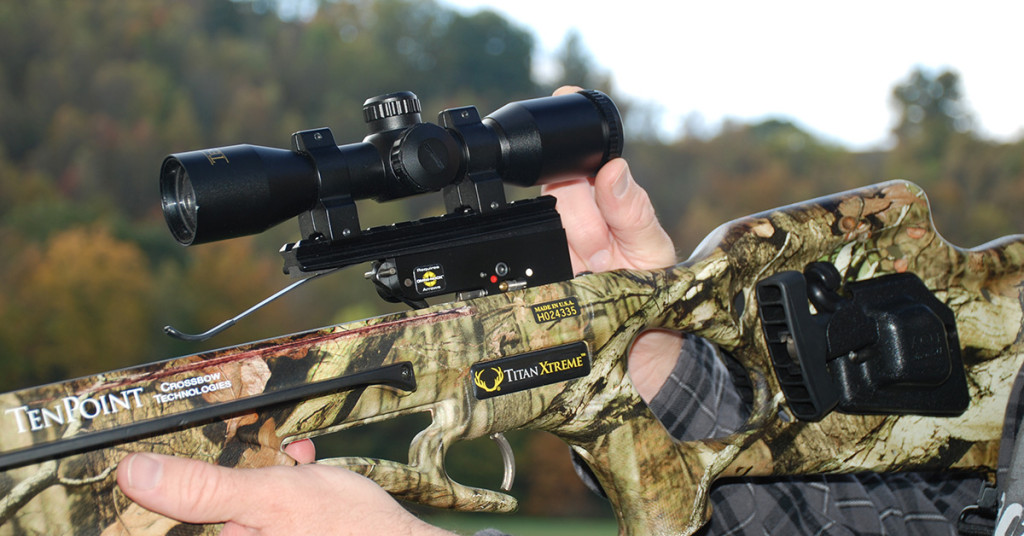
Focus Your Reticle
It is surprising how many hunters and shooters who use scopes have never taken the time to properly focus their reticle. There is a quick trick for properly focusing the reticle in your crossbow scope.
Take the scope or crossbow (if a scope is already mounted), go outside and find a large expanse of blue sky. Make sure there are no clouds or other objects, as the clean background is important to perform this exercise. Start by turning the focus ring on the back of the scope all the way out. Lift the scope and point it at the sky. Quickly look through the scope to see if the reticle is in focus. Do not look for more than three seconds, as your eye will try to find a focus and fool you. Turn the focus ring one turn and repeat until the reticle is in perfect focus as soon as you look at it. You should try bracketing the area where your reticle is in focus and set the stop ring (if available) on your focus so it stays true. In other words, focus the reticle, then continue the exercise by turning the focus ring in the same direction until the reticle is out of focus again. Next, turn the focus ring back in the opposite direction until the reticle is clear and you have bracketed the focus area and confirmed the correct dial position. If your reticle is not perfectly focused, it can be blurry or disappear when sighting in on a target, so make sure you find the best focus possible. The Venom Xtra comes with a RangeMaster Pro Scope, and focusing the reticle for any specific shooter only takes a minute.
The Dreaded Buck Fever
There really is no way to prepare for buck fever, but there are a couple of things you can do to help deal with the symptoms.
Most hunters experience buck fever as elevated heart and breathing rates, making it extremely difficult for them to hold steady on a target. There is no way to practice for the adrenaline rush and mental state in which a hunter may find himself, but you can practice your shooting skills by simulating a similar physiological response. Climb a set of stairs or sprint for a short distance, then pick up your bow and work on holding it steady while getting your breathing and heart rate under control. This exercise may also help you in some spot-and-stalk situations where you engage in physically demanding climbs that put you face-to-face with game when you least expect it.
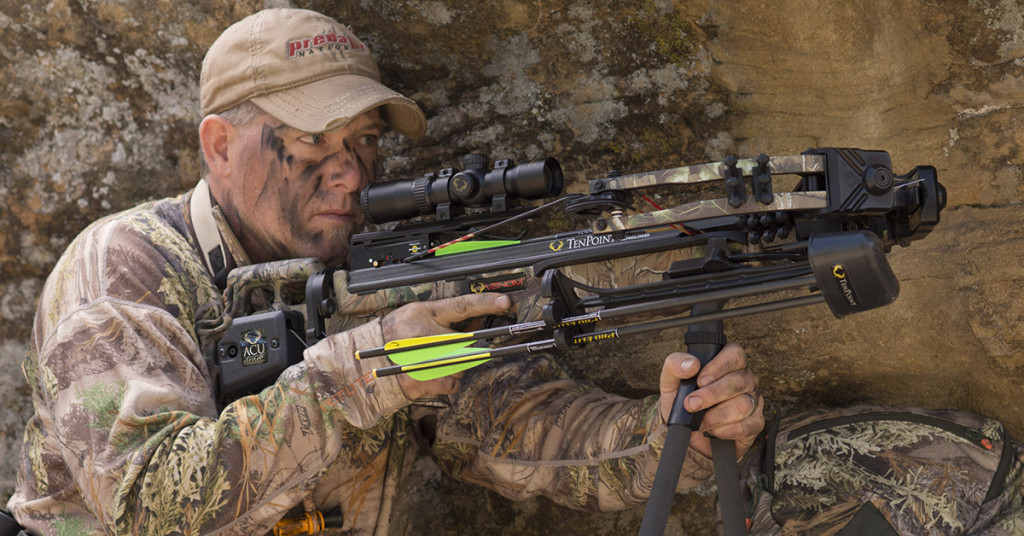
SOURCE
TenPoint Crossbows
article copyright © 2016 HuntDaily.com; promoted by TenPoint Crossbows

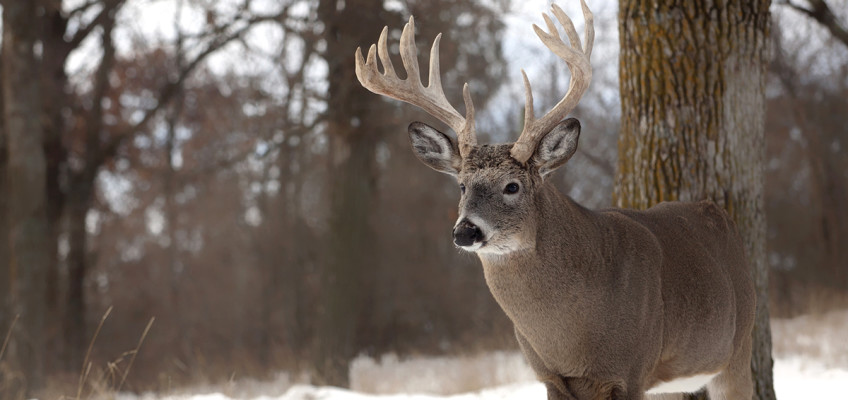
Leave a Reply